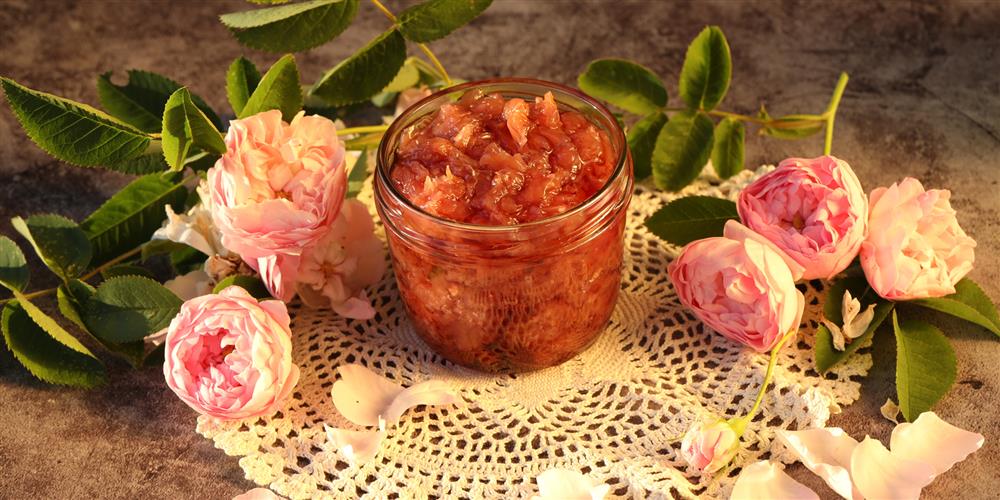A Floral Feast for the Senses
In the world of culinary arts, the use of flowers extends far beyond mere decoration. Flowers in cooking are not just a modern trend; they have been a part of gastronomy for centuries, offering unique flavours, medicinal benefits, and vibrant colours. This blog explores the fascinating ways in which flowers enhance our dining experience, from traditional recipes to contemporary culinary innovations.

The Traditional Roots: Flowers in Historical Cuisine
The use of flowers in cooking dates back to ancient civilizations. In Roman times, roses were used in various dishes for their fragrance and flavour. The Middle Ages saw the widespread use of violets and calendula in salads and as garnish. In Asian cultures, flowers like chrysanthemums and jasmine have long been used in teas and soups for both their flavour and health benefits.
Edible Flowers: A Modern Culinary Delight
Today, chefs and home cooks alike are rediscovering the versatility of flowers in cooking. Popular edible flowers include:
1. Nasturtiums: With their peppery taste, these flowers are perfect in salads or as garnishes for savoury dishes.
2. Lavender: Known for its sweet, floral aroma, lavender is used in desserts and as a flavour enhancer in some savoury dishes.
3. Marigolds: Often used as a cheaper alternative to saffron, marigolds add a golden hue and a spicy taste to dishes.
4. Violets: These delicate flowers add a sweet flavour and vibrant colour to desserts and salads.
Flowers as Natural Food Colouring
In the quest for natural food colourings, flowers offer a beautiful solution. Butterfly pea flower, for instance, provides a stunning blue colour that turns purple with the addition of acidic ingredients. Hibiscus flowers are used for their vivid red hue in drinks and confections.
Medicinal Properties of Edible Flowers
Many edible flowers also boast medicinal properties. Chamomile, known for its calming effect, is used in teas. Calendula has anti-inflammatory properties and is used in soothing herbal infusions. These health benefits make the inclusion of flowers in food not only a treat for the taste buds but also a boon for well-being.
Flowers in Contemporary Cuisine
In contemporary cuisine, flowers are used in innovative ways. Chefs create flower-infused oils and vinegars, floral ice creams, and even flower-based cocktails. Edible flowers are also used in molecular gastronomy, adding an element of surprise to the dining experience.
Flower-Based Dishes and Celebrity Endorsements
Edible flowers have gained popularity among celebrities and food influencers. Figures like Jamie Oliver and Nigella Lawson have featured recipes with edible flowers, bringing them into the mainstream. Dishes like rose petal jam, lavender-infused lemonade, and hibiscus tacos are just a few examples that have captured the public’s imagination.
The Appeal of Edible Flowers Today
The appeal of edible flowers today lies in their ability to transform a simple dish into something extraordinary. Flowers like pansies, borage, and chive blossoms are favoured for their unique flavours and aesthetic appeal. They are used in everything from haute cuisine to home cooking, making every meal a celebration of nature’s bounty.
Conclusion: Embracing Flowers in Your Culinary Journey
The incorporation of flowers into cooking is a journey of exploration and creativity. Whether you're a professional chef or a home cook, the world of edible flowers offers endless possibilities to enhance your culinary creations.
At FlowerSuppliers, we provide a wide range of edible flowers perfect for your cooking adventures. Explore our selection and bring a touch of floral elegance to your dishes. Remember, cooking with flowers is not just about taste; it's about creating an experience that delights all the senses.

